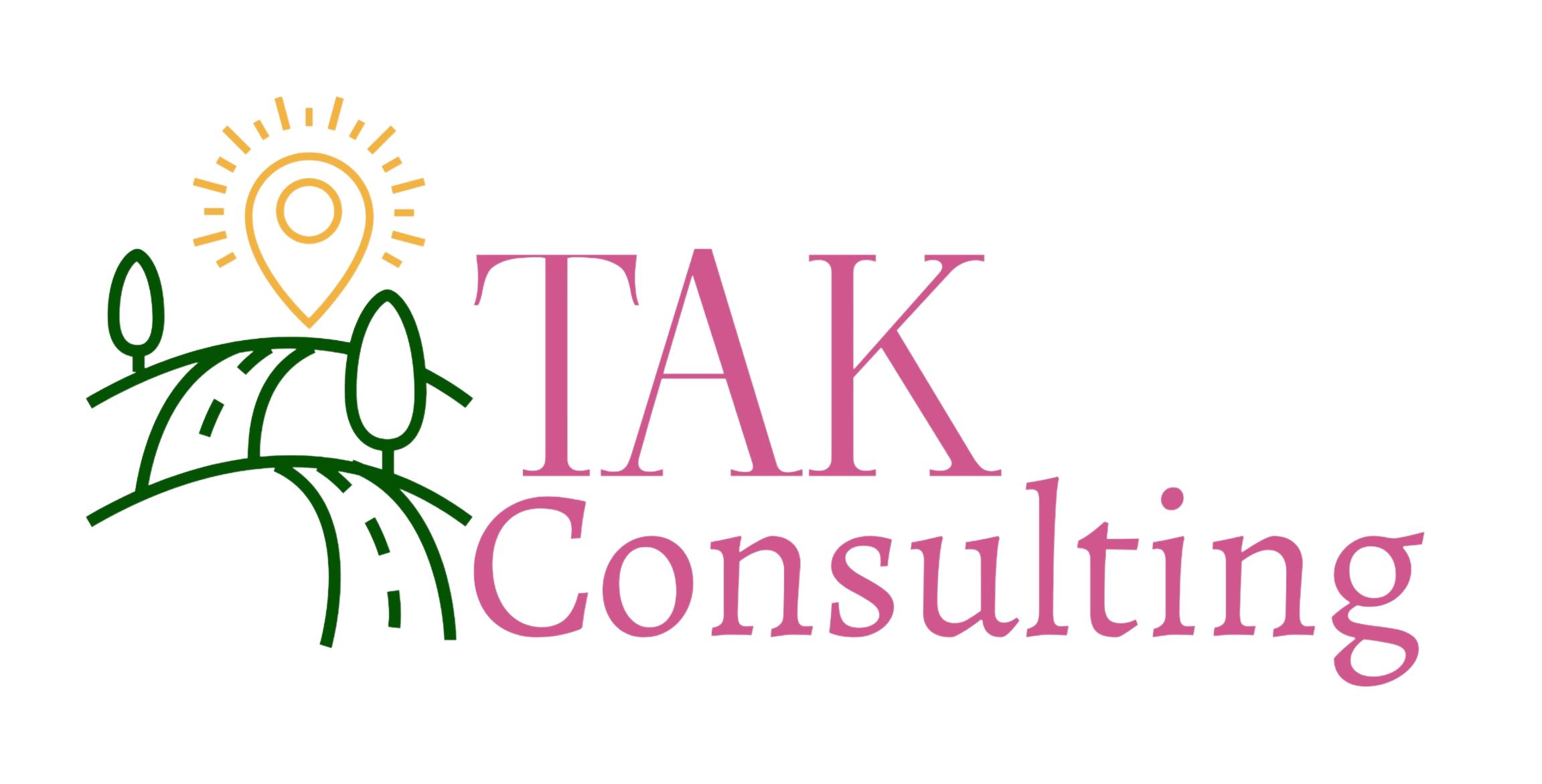Fear is a part of life. Whether that’s the scary new roller coaster you want to ride or narrowly missing an accident, fear is an emotion that most of us feel. When it comes to work, fear is no stranger either. Starting and running your own business can be the scariest part of it all! Understanding your fears and how to conquer them can help you grow tremendously.
Common fears when starting a business
It’s normal to have fear when it comes to starting and running your own business. There are many different types of fears you might face. Arguably the most common type of fear is the fear of failure. You may feel stopped by the thought of what if you lose it all or what you do isn’t enough. For some, they may be weary of success and if it changes them as a person. Some other types of fear include: rejection, being judged, financial insecurity, stress, and not having a good enough idea. Even with all these different types of fears, there are ways to overcome them and be the best business owner you can be!
Navigating fears to be successful in your business
For some, they may fear not being able to come up with an idea or one that’s good enough. If you can’t come up with an idea, start with thinking about yourself. What do you like/love, what do you do with your free time? Then consider what means a lot to you and what you are passionate about. After you’ve put together a list of all those things, you can look at those things and think what problems you can solve or at least help? Maybe you love knitting and working with kids.Then, a good idea might be opening your own clothing shop for kids. If you already have an idea (or you feel more confident in what you want to do), money may be the next worrisome part of starting and running a new business. Having a solid financial plan in place can help you feel less anxious about money. Ensure you are saving and budgeting for your business and be open to the idea of getting a loan, finding investors, and even using crowdfunding. Looking at the rewards vs. risk of having a business may make it less daunting to put your own money on the line. Although there are many fears one may have in business, there is always a way to work through them.
Now that you’ve recognized your fear(s) in starting and/or running a business, it’s time to figure out what you can do about it. For all fears, it may be extremely helpful to write them out. A process used by Tim Ferris from this TedTalk is extremely helpful here. Begin with “Define.” Define means writing down all the worst possible things you can imagine happening if you go forward with whatever is you’re afraid of. Next, we move to “Prevent.” For every worst case scenario, you are going to write down what you can do to prevent that thing from happening or decrease the chances of it happening. Then we move to “Repair.” Here you are laying out if the worst case scenarios were to happen, what could you do to fix the problem? After all the issues are laid out, you are going to write out what the benefits of success could be. Consider if it would help build skills or even confidence. Finally, think about the cost of inaction. This means thinking about how life would be if you didn’t do anything at all. This in-depth writing may seem like a lot but if fear is holding you back, this can help you see every step clearly along the way.
When it comes to the fear of failure, one way to navigate this fear is by redefining what failure means. Redefining failure works by framing goals to be more achievable and reduce anxiety. An example of this may be you are looking for your first job in a new industry. You set your goal to being hired, so in your terms, if you don’t get hired you failed. Redefining failure could look like changing your goal to being able to answer all questions with confidence. Often, there are circumstances out of our control and pressuring yourself with a goal to be hired just furthers your fears. In addition to redefining failure, it’s beneficial to learn to set approach goals instead of avoidance goals. An avoidant goal is you making a goal for something you don’t want to happen whereas an approach goal is setting a goal for something you would like to do. A simple example of this is that you want to be more social at an upcoming party. The approach goal would be “to be more friendly and outgoing at the party.” The avoidant goal would be “stop being so shy at the party.” Setting approach goals can encourage self-positivity and helps you break away from feeling like you failed with avoidant goals. Learning to reframe fear is also helpful for those who are afraid of the future. Instead of thinking if you’ll ever be able to handle 1000 customers, for example, think about how many customers you can handle now. Focusing on now and redirecting yourself can help keep you grounded.
Conquer your fears and be powerful!
Overall, there are many different ways to approach your fears and learn how to deal with them best. Remember that life is full of trial and error. You can not fully learn anything without making mistakes and that is okay. Stay kind to yourself because having fear is completely normal; and as they say, if you never step outside of your comfort zone, you’ll never grow!








